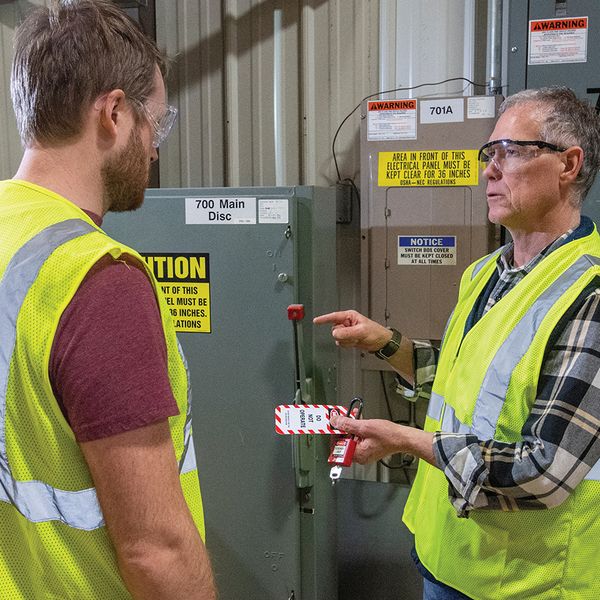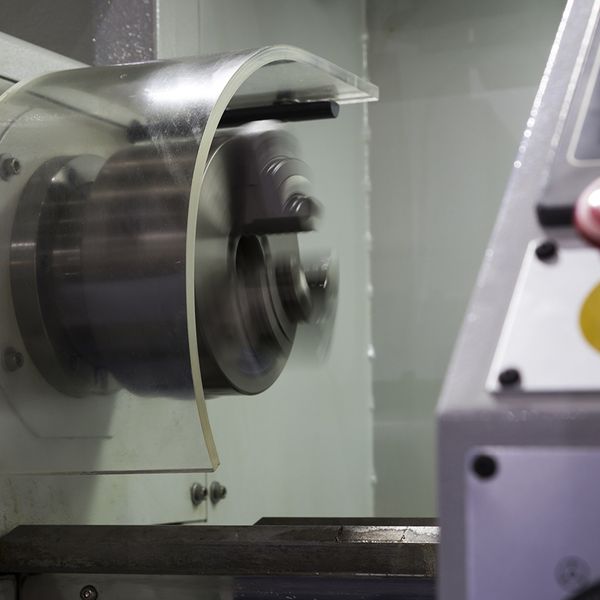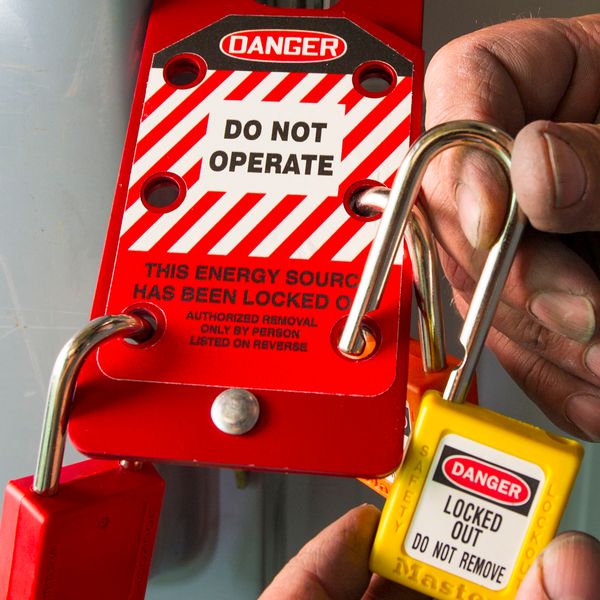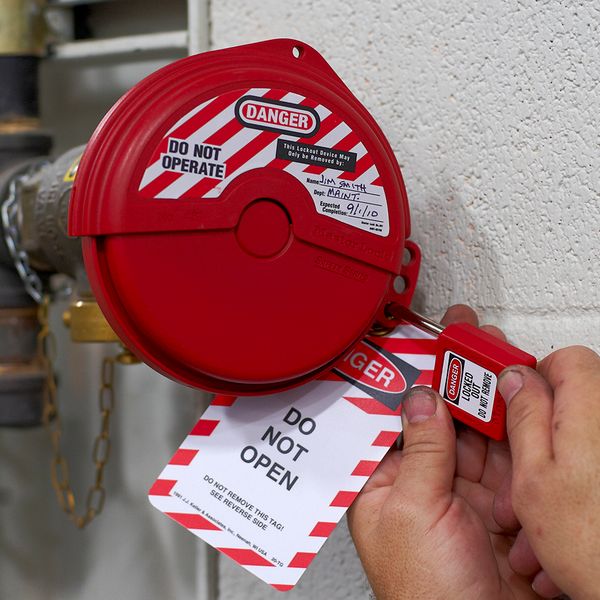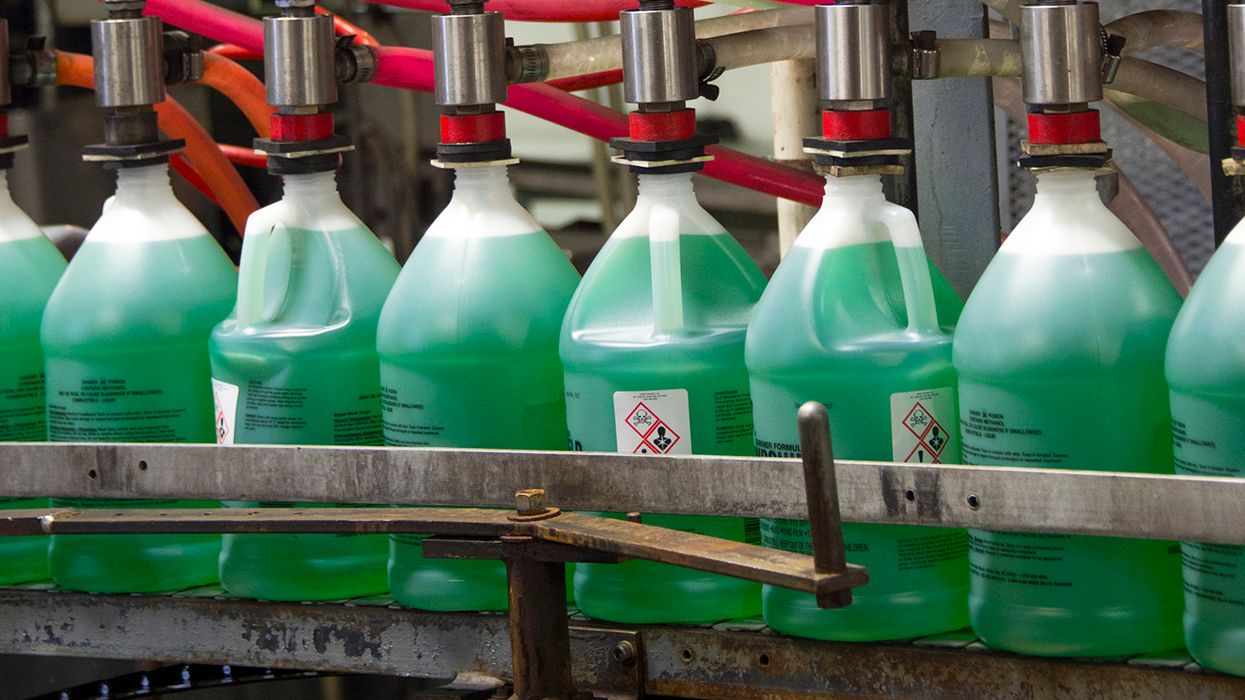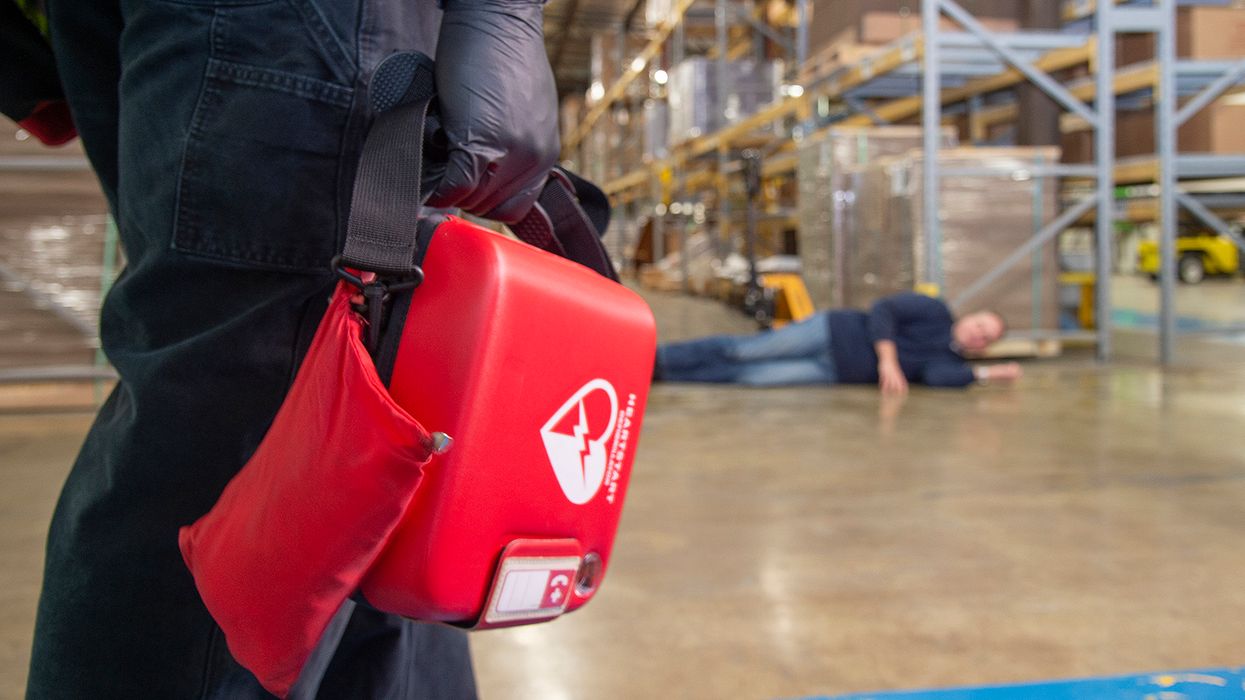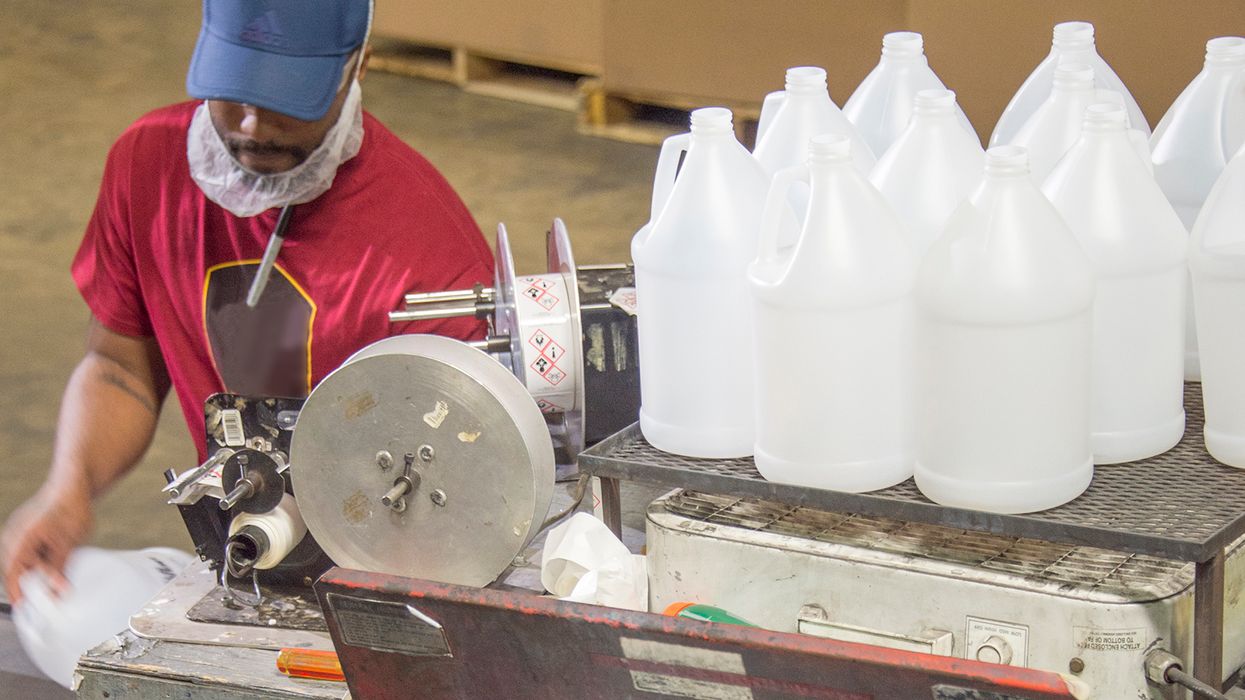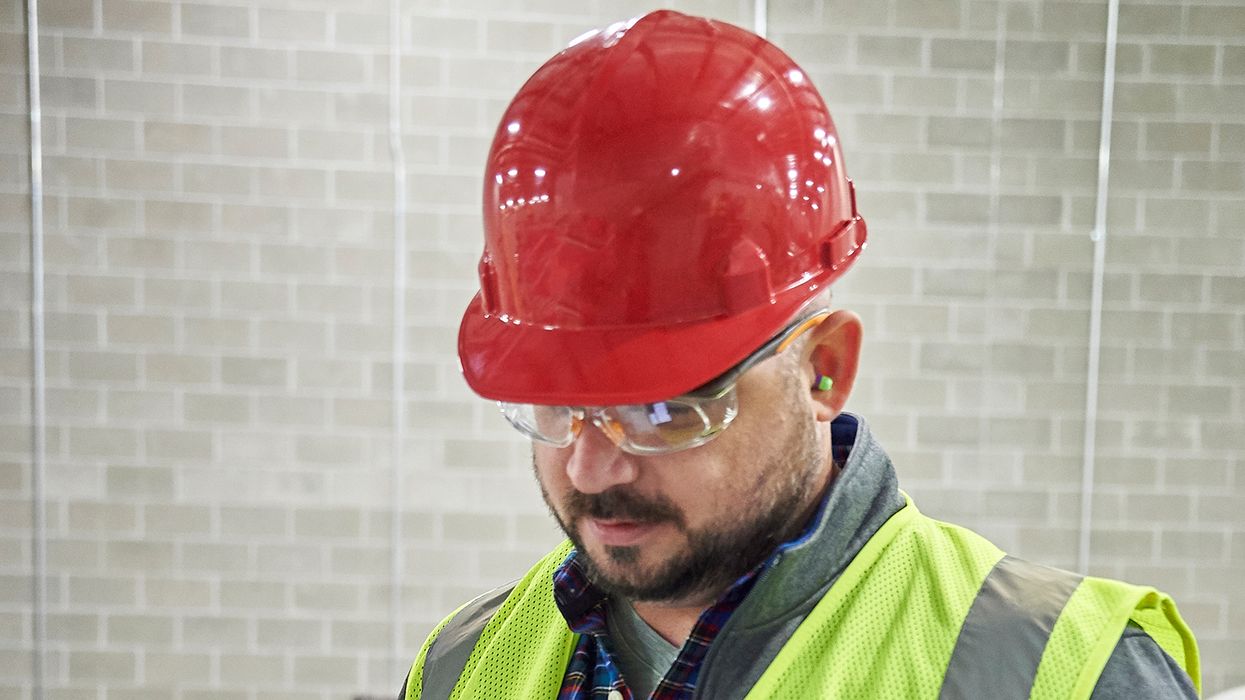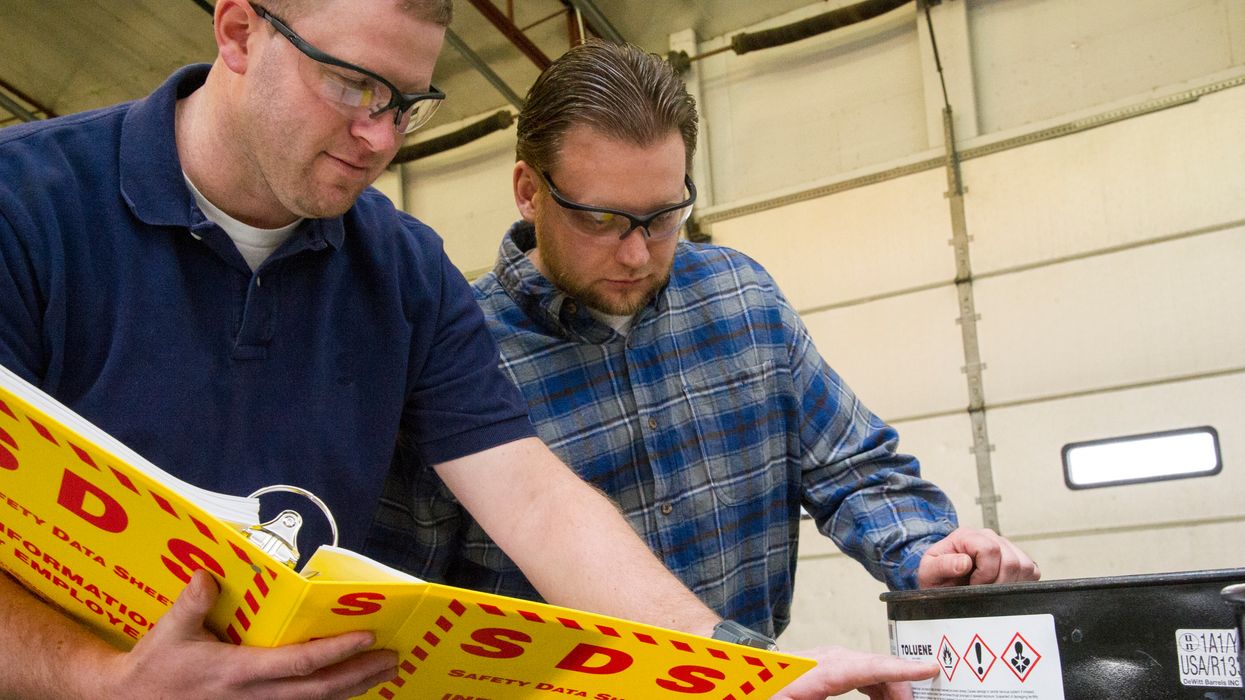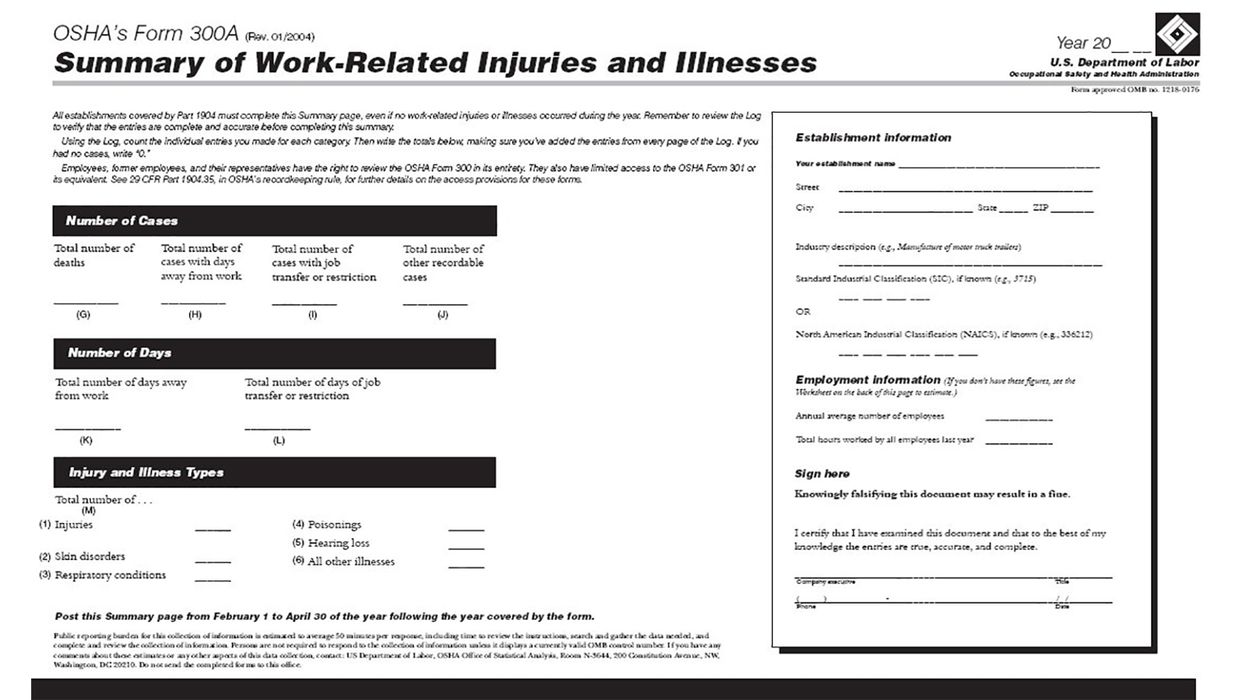LOTO: Unlocking the truth behind “alternative procedures”
Lockout/tagout (LOTO) won’t work for us, so let’s just use alternative procedures! Sounds great, right? Be warned — just because lockout doesn’t seem to work for you, doesn’t mean alternative procedures can be used as a work-around.
OSHA’s LOTO standard at 1910.147(f)(1) allows temporary removal of LOTO devices and the re-energization of equipment only if it’s necessary to perform specific tasks that require energization. Typical tasks requiring re-energization include troubleshooting, testing, or positioning machines or their components.
Understanding alternative procedures
OSHA considers minor servicing activities to be clearing jams or scrap material, lubricating machine parts, adjusting dials, or inspecting certain parts or sections of a machine. To be exempted from the LOTO standard, tasks must be:
- Routine —performed on a regular basis to keep our machines or equipment running. Routine tasks and maintenance activities may include cleaning, oiling, greasing, tightening nuts and bolts, and other minor tasks required for operations rather than long-term machine health.
- Repetitive — regularly repeated as part of operations. This means the task or activity is not a one-off occurrence but is commonplace and that it’s directly linked to operational output.
- Integral — essential to the production process. This means that the tasks are necessary to allow production to proceed without interruption.
The final requirement for this exception is that the work must be performed using alternative measures which provide effective employee protection that is equivalent to the standard energy control procedures. Examples of alternative methods technology include:
- Circuits that meet the control reliability and control-component-failure-protection requirements of the American National Standards (ANSI);
- Interlock guards, control switches, or key-controlled locks;
- Remote devices and disconnects; and
- Locking out a portion or section of equipment rather than the entire machine.
Ideally, a combination of alternative methods should be used to provide a multi-layered protective process that would protect workers even if one layer of the process fails.
Temporary removal has its limits
OSHA does recognize that in certain situations properly developed and implemented alternatives to control hazardous energy are feasible instead of complete energy isolation. However, there are limits to the temporary removal of LOTO devices and re-energization of equipment. LOTO should always be the default unless it can be clearly demonstrated that a well-established alternative method will ensure equivalent, effective worker protection from hazardous energy. This is especially important when risks are high, or the task or activity is not well understood.
Utilizing alternative procedures under OSHA’s temporary exception applies only for the limited time required for testing, troubleshooting, or repositioning of the equipment, machinery, or components. Once testing or repositioning is completed, and an energized state is no longer required, complete de-energization under LOTO is again required by authorized workers.
Remember, the goal is to increase efficiency without compromising safety!
Protecting employees during temporary LOTO removal
If employees can’t be removed from areas with the potential for re-energization during temporary removal of LOTO devices, they must be protected during all phases of the testing or positioning activities. These protections can be in the form of machine guarding, the use of tools such as push sticks, or other methods and must be accompanied by procedures. These alternative procedures must establish a sequence of actions that will maintain appropriate, consistent employee protection.
Alternative procedures must be communicated and implemented prior to re-energization:
- Clear machines of tools and materials;
- Evacuate employees from hazardous areas near equipment or machinery;
- Remove only the necessary lockout or tagout devices as specified specific procedure;
- Implement effective employee protection while testing or positioning equipment, machines, or materials;
- Energize the equipment and perform the work.
Once testing or positioning is complete:
6. De-energize the equipment;
7. Isolate the equipment from all energy sources; and
8. Reapply LOTO devices per normal procedures.
Key to remember: Alternative procedures to LOTO are permitted only when minor servicing that is routine, repetitive, and integral to operations is performed, and protections are as effective as a full energy control procedure (LOTO).





